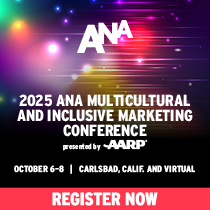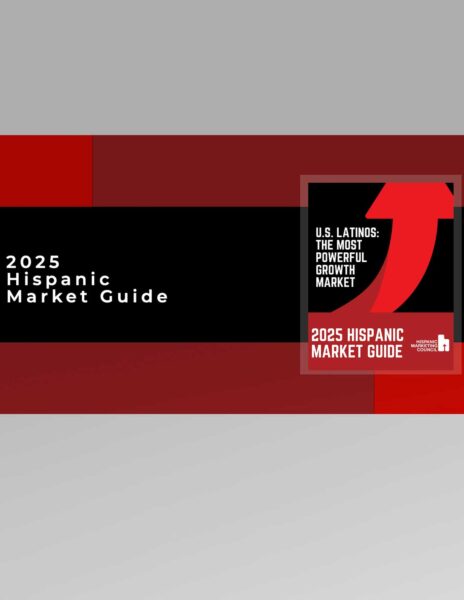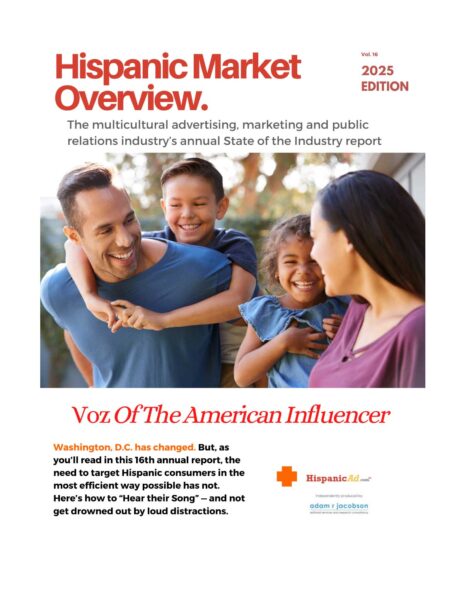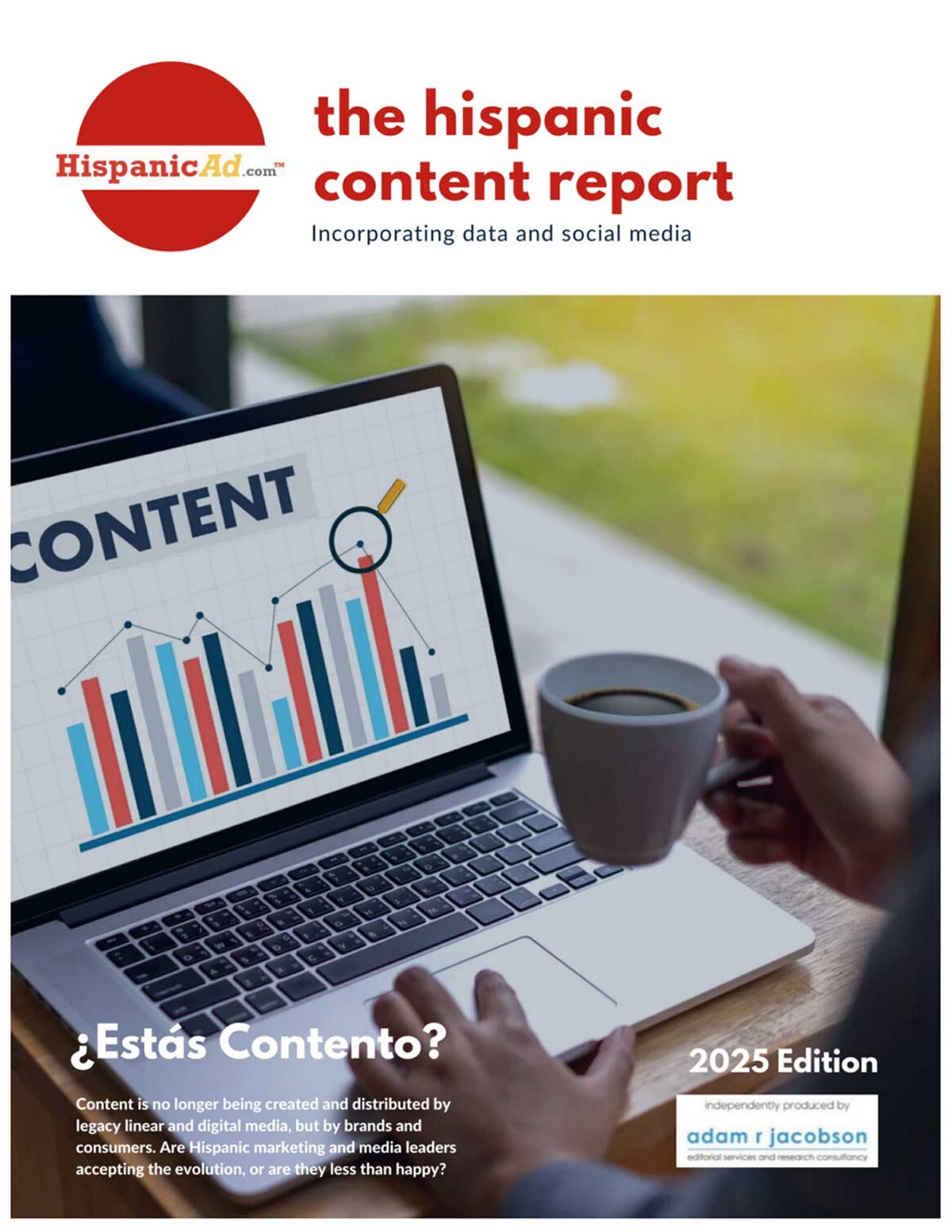![]() The furor over whether brand attitudes predict or follow behavior made me take a step back and re-examine my own beliefs about how attitudes and behavior interact. Assuming that ‘it’s complicated’ is not helpful, I have tried to map out a framework for thinking about how the two affect each other. by Nigel Hollis
The furor over whether brand attitudes predict or follow behavior made me take a step back and re-examine my own beliefs about how attitudes and behavior interact. Assuming that ‘it’s complicated’ is not helpful, I have tried to map out a framework for thinking about how the two affect each other. by Nigel Hollis
Marketing
The interaction between attitudes and behavior
Three Things B2C Marketers Can Do to Build Better Budgets
 If you think it’s hard to develop a marketing budget, you’re in good company. Most marketers today must do more with less. Faced with steep competition, B2C marketers need to spend every penny wisely.
If you think it’s hard to develop a marketing budget, you’re in good company. Most marketers today must do more with less. Faced with steep competition, B2C marketers need to spend every penny wisely.
Creative (As We Know It) Is Dead
 As marketers, we’ve spent decades leaning on the double definition of “creative” to shirk responsibility. We’ve conflated the traditional creativity of artists, writers, and poets, with the creative side of marketing and advertising — the copywriting, art design, and campaign content.
As marketers, we’ve spent decades leaning on the double definition of “creative” to shirk responsibility. We’ve conflated the traditional creativity of artists, writers, and poets, with the creative side of marketing and advertising — the copywriting, art design, and campaign content.
A Question on the 2020 U.S. Census Raises Issues for Marketers
 Once every 10 years, the U.S. Census Bureau undertakes a gargantuan task, one that the founding fathers of the United States considered so important they mandated it as part of the Constitution. The decennial census exists to compile an accurate count of every person living in the U.S. and to record basic demographic data such as age, sex, and race. Its primary purpose is to serve as an underpinning for the country’s representative democracy, making sure each community gets the right number of representatives in Congress and that public funds are equitably distributed. By Michael J. McDermott
Once every 10 years, the U.S. Census Bureau undertakes a gargantuan task, one that the founding fathers of the United States considered so important they mandated it as part of the Constitution. The decennial census exists to compile an accurate count of every person living in the U.S. and to record basic demographic data such as age, sex, and race. Its primary purpose is to serve as an underpinning for the country’s representative democracy, making sure each community gets the right number of representatives in Congress and that public funds are equitably distributed. By Michael J. McDermott
Zero-based productivity—Marketing: Measure, allocate, and invest marketing dollars more effectively
![]() Taking a zero-based budgeting approach to enterprise-wide marketing costs can uncover new opportunities and spur more-informed spending decisions.
Taking a zero-based budgeting approach to enterprise-wide marketing costs can uncover new opportunities and spur more-informed spending decisions.
The Obsolescence of Advertising in the Information Age [REPORT]
 The vast amount of product information available to consumers through online search renders most advertising obsolete as a tool for conveying product information. Advertising remains useful to firms only as a tool for persuading consumers to purchase advertised products. In the mid-twentieth century, courts applying the antitrust laws held that such persuasive advertising is anticompetitive and harmful to consumers, but the Federal Trade Commission (FTC) was unable to pursue an antitrust campaign against persuasive advertising for fear of depriving consumers of advertising’s information value. Now that the information function of most advertising is obsolete, the FTC should renew its campaign against persuasive advertising by treating all advertising beyond the minimum required to ensure that product information is available to online searchers as monopolization in violation of section 2 of the Sherman Act.
The vast amount of product information available to consumers through online search renders most advertising obsolete as a tool for conveying product information. Advertising remains useful to firms only as a tool for persuading consumers to purchase advertised products. In the mid-twentieth century, courts applying the antitrust laws held that such persuasive advertising is anticompetitive and harmful to consumers, but the Federal Trade Commission (FTC) was unable to pursue an antitrust campaign against persuasive advertising for fear of depriving consumers of advertising’s information value. Now that the information function of most advertising is obsolete, the FTC should renew its campaign against persuasive advertising by treating all advertising beyond the minimum required to ensure that product information is available to online searchers as monopolization in violation of section 2 of the Sherman Act.
Making the most of marketing technology to drive growth
![]() As marketing technology, or martech, becomes more sophisticated, companies are finding they can accelerate and optimize everything from basic commercial functions like e-commerce conversion to more complex ones, such as managing multi-dimensional customer relationships across multiple channels. In this interview, Scott Brinker, VP, Platform Ecosystems, at HubSpot, and Jason Heller, a McKinsey partner leading our Digital Marketing Operations and Technology service line, share their insights on the evolving world of martech with McKinsey’s Barr Seitz.
As marketing technology, or martech, becomes more sophisticated, companies are finding they can accelerate and optimize everything from basic commercial functions like e-commerce conversion to more complex ones, such as managing multi-dimensional customer relationships across multiple channels. In this interview, Scott Brinker, VP, Platform Ecosystems, at HubSpot, and Jason Heller, a McKinsey partner leading our Digital Marketing Operations and Technology service line, share their insights on the evolving world of martech with McKinsey’s Barr Seitz.
Why Marketers Struggle to Consistently Identify Their Audiences
![]() Marketers are invested in accurately identifying their target audiences, but they often miss the mark.
Marketers are invested in accurately identifying their target audiences, but they often miss the mark.
How CMOs Can Keep Their Jobs
 The average tenure of a Chief Marketing Officer is 44 months, and the number of first-time CMOs jumped 31% in the past year, according to a recent study by executive search firm Spencer Stuart.
The average tenure of a Chief Marketing Officer is 44 months, and the number of first-time CMOs jumped 31% in the past year, according to a recent study by executive search firm Spencer Stuart.
Can you predict the long-term effects of marketing?
![]() A while back, I wrote a post about the spurious dichotomy between the short and long-term effects of marketing. In it I argued that the separation between the two time frames was a spurious one, but how do you predict whether your marketing will have a positive effect in the longer-term? by Nigel Hollis
A while back, I wrote a post about the spurious dichotomy between the short and long-term effects of marketing. In it I argued that the separation between the two time frames was a spurious one, but how do you predict whether your marketing will have a positive effect in the longer-term? by Nigel Hollis
How Teens and Parents Navigate Screen Time and Device Distractions [REPORT]
![]() 54% of U.S. teens say they spend too much time on their cellphones, and two-thirds of parents express concern over their teen’s screen time. But parents face their own challenges of device-related distraction.
54% of U.S. teens say they spend too much time on their cellphones, and two-thirds of parents express concern over their teen’s screen time. But parents face their own challenges of device-related distraction.
Inside the Disconnect Between Pharma Marketers And Boomers
 Direct-to-consumer (DTC) pharma marketing used to be simple: Run a TV spot on news or late-night talk shows and wait for consumers to contact their doctors.
Direct-to-consumer (DTC) pharma marketing used to be simple: Run a TV spot on news or late-night talk shows and wait for consumers to contact their doctors.
ASIAN AMERICANS – Digital Lives and Growing Influence [REPORT]
 Growing faster than the general population and maintaining income and education rates higher than any other racial or ethnic group, Asian Americans continue to make gains as tech-enabled influencers with unlimited potential. Asian Americans have the added advantage of maintaining ties with brands based in their native countries that are global leaders in smartphone manufacturing, social media and online commerce.
Growing faster than the general population and maintaining income and education rates higher than any other racial or ethnic group, Asian Americans continue to make gains as tech-enabled influencers with unlimited potential. Asian Americans have the added advantage of maintaining ties with brands based in their native countries that are global leaders in smartphone manufacturing, social media and online commerce.
Why “I am right, you are wrong” is bad for brands
![]() Everyone knows that to get noticed in today’s frenetic media environment you have to pick a side and argue your case as vehemently as possible. That strategy might spawn a negative reaction, but then they say there is no such thing as bad publicity. But what if making hyperbolic assertions is undermining the effective practice of marketing? by Nigel Hollis
Everyone knows that to get noticed in today’s frenetic media environment you have to pick a side and argue your case as vehemently as possible. That strategy might spawn a negative reaction, but then they say there is no such thing as bad publicity. But what if making hyperbolic assertions is undermining the effective practice of marketing? by Nigel Hollis
Redefining the Lost Art of Conversation
 The scene: 100,000 years ago in Africa. Ancient humans, looking to organize for protection and survival, build off of a common framework — the first language. This allowed them to find each other, to hunt and gather, and to seek shelter from the elements as a community. By Philip Kinzler
The scene: 100,000 years ago in Africa. Ancient humans, looking to organize for protection and survival, build off of a common framework — the first language. This allowed them to find each other, to hunt and gather, and to seek shelter from the elements as a community. By Philip Kinzler
Perspectives on personalization @ scale [REPORT]
![]() Personalization is teetering on the edge of the buzzword precipice. But companies that can figure out what it really means and how to take advantage of it are already outstripping their competition.
Personalization is teetering on the edge of the buzzword precipice. But companies that can figure out what it really means and how to take advantage of it are already outstripping their competition.
How Less Can Often Be More
 I recently went to the grocery store with my 7-year-old daughter for our weekly grocery shopping. I am trying to get her to become more autonomous and independent, so we had two shopping lists—a smaller one for her and the longer one for me. In terms of selection, I granted her the liberty to choose whatever product/brand she likes as long as she stuck to the list. By Smruti Kulkarni Shanbhag, Nielsen Design Solutions – Europe Lead
I recently went to the grocery store with my 7-year-old daughter for our weekly grocery shopping. I am trying to get her to become more autonomous and independent, so we had two shopping lists—a smaller one for her and the longer one for me. In terms of selection, I granted her the liberty to choose whatever product/brand she likes as long as she stuck to the list. By Smruti Kulkarni Shanbhag, Nielsen Design Solutions – Europe Lead
Integration Over Interruption
 When The Hershey Company brand Reese’s Pieces was featured in the 1982 hit film E.T., sending sales soaring, the use of product placement in movies and TV shifted into high gear. Who could forget the association of Aston Martin with James Bond, or Nike with Forrest Gump?
When The Hershey Company brand Reese’s Pieces was featured in the 1982 hit film E.T., sending sales soaring, the use of product placement in movies and TV shifted into high gear. Who could forget the association of Aston Martin with James Bond, or Nike with Forrest Gump?
Some further truths about brand image perceptions
![]() In his latest blog post, Byron Sharp has some pretty strong words to say about brand tracking. As usual, there is lots in his post that is true and important to say, but not that much that is as new or challenging as the headline suggests. by Josh Samuel
In his latest blog post, Byron Sharp has some pretty strong words to say about brand tracking. As usual, there is lots in his post that is true and important to say, but not that much that is as new or challenging as the headline suggests. by Josh Samuel
Customer Experience Execs Adapting to Millennial Expectations
![]() Millennials have been the focus of advertisers, retailers and media for over a decade, but as influential as this group has been, meeting millennials’ expectations has proven difficult.
Millennials have been the focus of advertisers, retailers and media for over a decade, but as influential as this group has been, meeting millennials’ expectations has proven difficult.



























